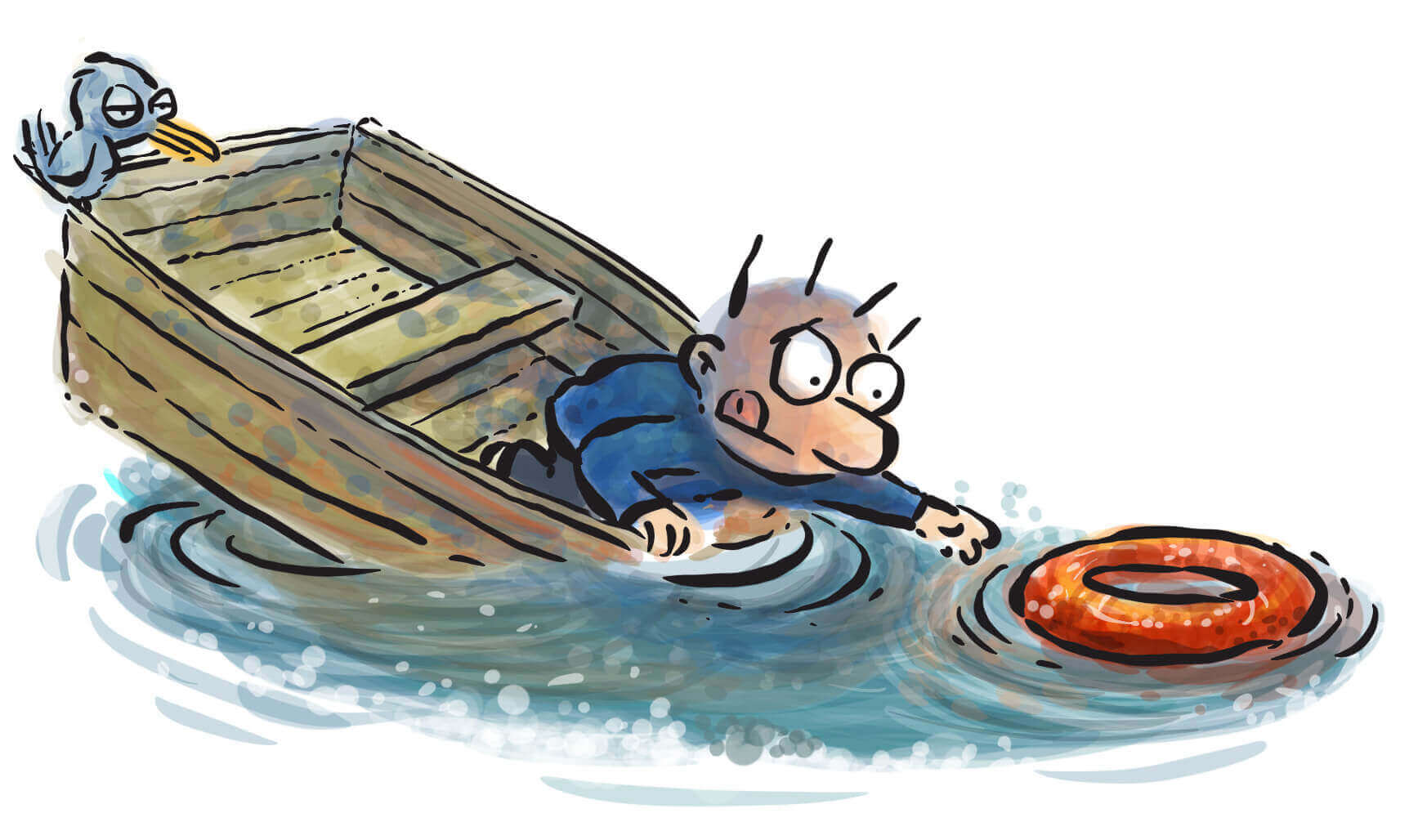How do you use stories in your article?
How do you use metaphors in your article? How do you create an unending stream of metaphors?
Even if you have a workable metaphor, how do you use the metaphor in your article? The key is to go backwards and find the one word or one idea that you want to convey. Almost magically, the word seems to fit the metaphor. Not convinced?
Let's find out how to go about this relatively-easy task.
Right click to save this episode.
A methapor needs a starting point.
That starting point is always exactly the same. It's a single idea. And this idea is often one word, or a couple of words, because sometimes a single word won't do. However, let's start with a single word.
Hence, let's look at a word like: “stuck”.
When we take a look at any of these ideas, we notice that we can almost always come up with a story.
- Buying a pizza
- Transferring data to a new computer.
- Going for a walk
- Going through security check
- Meeting a friend from college.
- Buying a totally useless app
- Setting off the smoke alarm
What if the word were something else, instead? Let's take “confidence”.
- Buying a pizza
- Transferring data to a new computer.
- Going for a walk
- Going through security check
- Meeting a friend from college.
- Buying a totally useless app
- Setting off the smoke alarm
Once again, you have a story that neatly fits the term “confidence.” Just for the heck of it, let's pick on a third word, like “random”.
- Buying a pizza
- Transferring data to a new computer.
- Going for a walk
- Going through security check
- Meeting a friend from college.
- Buying a totally useless app
- Setting off the smoke alarm
You'll notice that you can find a story—or at least twist the story—so that you can fit any of the terms.
Which tells us that the word you choose isn't as important as you'd believe. Yes, you have to have that word in the first place, because the direction of the story depends on the word. Nonetheless, you can do this exercise with almost any word of your choosing and you'll find that you can create a story that fits that word.
And just as proof, let's take the term “confidence” and “transferring data to a new computer”.
Almost immediately we run into a problem, don't we? Buying a pizza, meeting a friend from college—those sound like things you're likely to have a high confidence about. Hence, if you have a story you could easily link “confidence” with “pizza”. With the transfer of information, that confidence level isn't quite the same, is it? In conditions like this, we go the opposite way.
It's time for that example. Let's first start with the story and then attach the word, “confidence” later.
Let's say the story runs like this:
- Imagine you've bought a new computer.
- You've been assured that it's relatively easy to transfer the data across.
- However, as both the computers sit on your desk, you don't feel so confident.
- What if something broke as you transferred the information?
- Or worse still, what if only some of the data were copied and some left behind?
- Then, almost magically, both screens light up and you get step by step prompts that enable you to simply press buttons.
- In a matter of minutes, you've enabled the transfer and your data is being seamlessly transferred to the new computer.
It's at this point that we have to use the term “confidence”. We can use it both ways—as someone being “confident” or someone “lacking confidence”.
Let's try “confidence” and start with the last line.
- In a matter of minutes, you've enabled the transfer and your data is being seamlessly transferred to the new computer.
- Imagine everything in life were so seamless! You'd have an endless amount of confidence, wouldn't you?
Let's try the opposite scenario: “Lacking confidence”.
- In a matter of minutes, you've enabled the transfer and your data is being seamlessly transferred to the new computer.
- Imagine everything in life were so seamless! You'd have an endless amount of confidence, wouldn't you? However, things don't always fall in place so easily. This causes us to lack confidence.
Having the combination of the story + the but + the word, is what allows you to create an unending stream of metaphors. However, if you ask me, the story must come first.
Which is why you should have a story bank with not just five or ten, but possibly dozens, or even hundreds of stories. As you see something unfolding the way it shouldn't, you know there's a “but” involved. That's the starting point to your story.
Try it today. Go for a coffee. Did something happen? Where's the “but”. Once you start looking, you'll see the “but” everywhere. 🙂 That's when you make a note of it, and get started on writing metaphors.


Leave a Reply